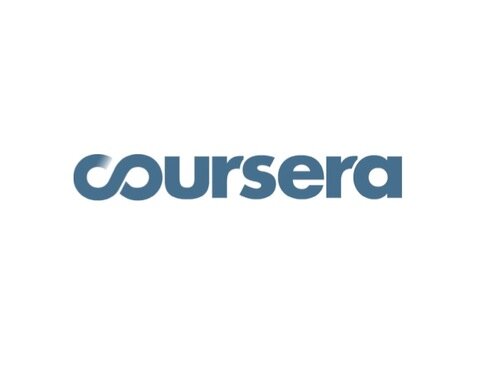
The Wild West of Coursera and Free Online Content
Teaching the world 150,000 people at a time, just feels so intimate. A few weeks ago I started taking a class on Coursera from The University of Michigan, both because I am interested in the topic, as well as I had yet to take a Coursera course (more on that in a minute). In the first video presentation of the class the instructor welcomed all of the students and said while there are a lot of students signed up, he wanted the whole experience to feel very personal. He said “I am not going to say how many people have signed up,” but then a few minutes later, as if so excited by the visibility of the course, he had to throw it out there “hundreds of thousands of people all over the world are participating in this free course.”
Wow, that is a ton of people. In the forums – which are set up to encourage peer-to-peer collaboration, there is a thread titled where are you from. The course quickly starts to feel like the United Nations – with participants from over 75 countries, including places as far away as Iran, Serbia, and Uganda. The usual suspects are in there too – people from every European country, as well as most states in the United States. To say it simply, this course is a big operation. Getting 150,000 people to tune in weekly to anything is a big deal, so this free online education thing must be a big deal.
With the recent announcement that 12 more institutions are joining the Coursera family to offer free online content, it’s quickly apparent that this whole free online course thing isn’t fad. There are plans for hundreds of courses – when you multiply 100*150,000 you get 15 million. It got me thinking….
So what happens when you get 16 of the most prominent global higher education institutions together to share free content on hundreds of topics? Well naturally, a lot of confusing competition. What makes things even more interesting is that two of the institution, UPenn and Caltech are investors in Coursera.
Here’s what I have noticed.
In many cases the classes don’t align much with traditional institutional strengths and while extensive, the course offerings feel a bit random. Yes it makes sense to learn about machine learning or computer science from Stanford staff, but what about fantasy and science fiction from Michigan? Logging onto Coursera and looking at the course listings feels a bit like venturing into the Wild West. Yes, it’s certainly cool that you can learn so much for free from reputable institutions and certainly the courses have been designed within the highest quality standards, but the whole partnership feels a bit scattered. It all feels like a brand visibility play – everyone wants to be one of the cools kids on the playground. Is it value enough to have millions of people around the world tuning into your institution’s free classes? Probably. Is someone in Uganda likely to come to Urbana and matriculate at the University of Illinois because of a free only class they participated on Coursera? Probably not. But other organizations like American English University are offering English pronunciation courses successfully online.
In my class content the brand identity is everywhere – they don’t want you to forget that you are taking a class from The University of Michigan – the big yellow Michigan M is on the videos and assignments. The instructor repeatedly talks about his long tenure at Michigan. Sometimes he starts waxing philosophically about how “we are all pioneers”. So I guess this is the Wild West.
I am waiting for the day when two institutions on Coursera want to offer a class on the same topic. Then who wins? Well the strongest brand of course…